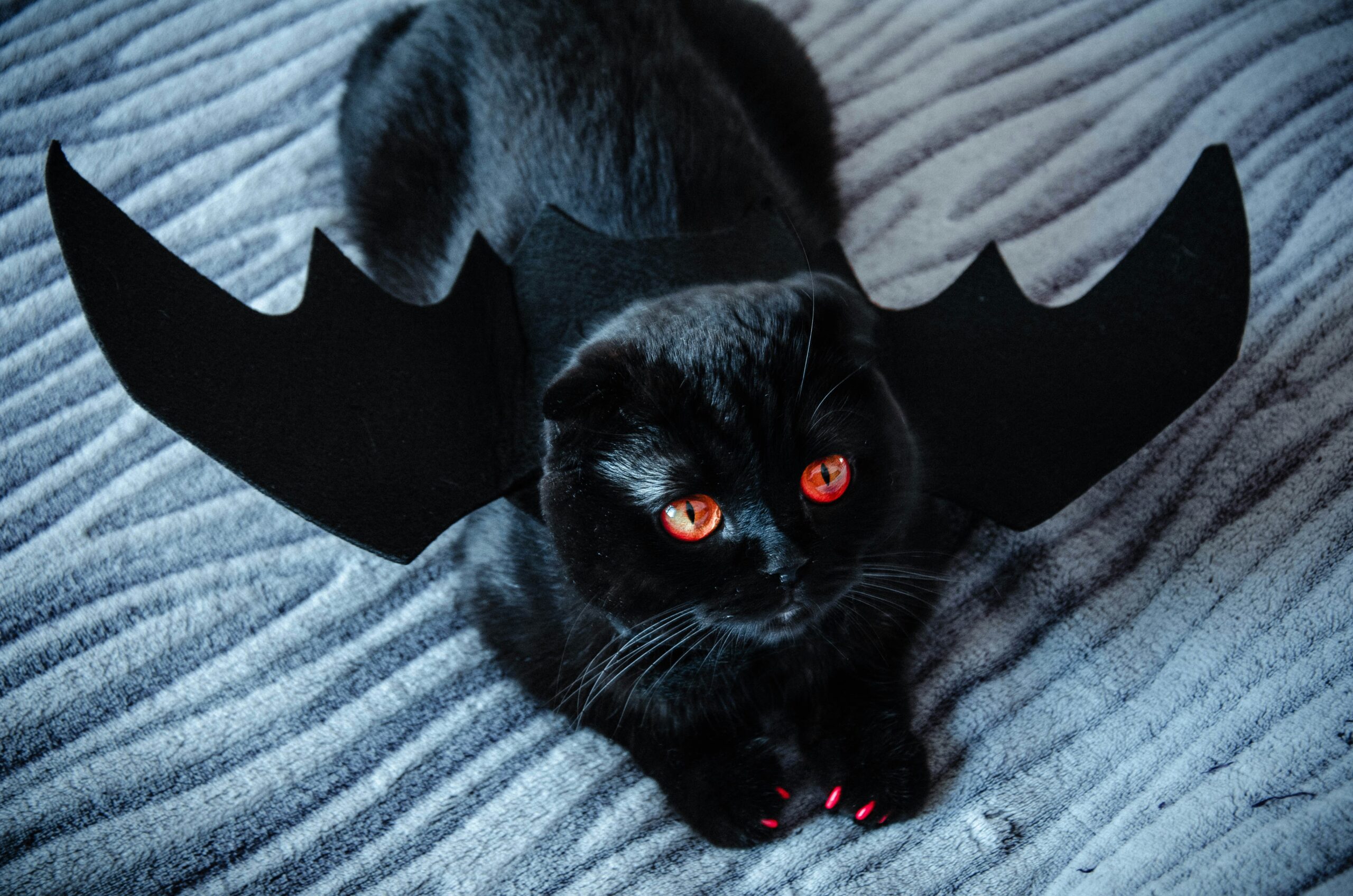
The black cat, with its enigmatic appearance and sleek black fur, has long been a symbol in many cultures around the world. From mystical legends to spiritual beliefs, the black cat carries a multitude of diverse and complex meanings. This essay will explore the cultural, historical, and factual aspects of black cats to provide a deeper understanding of these remarkable creatures.
1. Black Cats in Folklore
Myths and Beliefs
In the folklore of many countries, black cats are often associated with supernatural and mysterious elements. In medieval Europe, black cats were considered bad omens, linked to witches and demons. It was believed that witches could transform into black cats to carry out their nefarious deeds. These beliefs led to the persecution and killing of black cats during the witch hunts.

However, not all cultures view black cats negatively. In ancient Egypt, cats, especially black ones, were revered and seen as symbols of good luck and protection. The Egyptian goddess Bastet, the cat goddess, was often depicted in the form of a cat or a woman with a cat’s head. Egyptians believed that cats could protect homes from evil spirits and disease.
In Japan, black cats are also considered to bring good fortune. It is believed that black cats have the power to ward off evil and protect homes. Owners of black cats in Japan believe they will find luck in love and marriage.
2. Black Cats in Modern Culture
Symbolism in Art and Literature
Black cats have become a familiar symbol in art and literature. One of the most famous works related to black cats is Edgar Allan Poe’s short story “The Black Cat.” This story tells of a man haunted by a black cat, leading him to commit heinous acts and ultimately his downfall. This short story has helped cement the image of the black cat as a symbol of horror and mystery.
In cinema, black cats also appear in numerous horror and mystery films. They are often used to create suspense and add a layer of mystique to the storyline. For example, in the movie “Hocus Pocus,” the black cat named Binx plays a crucial role in helping the main characters escape from witches.
Role in Everyday Life
Today, black cats still spark debate in society. Some people continue to hold on to old superstitions about bad luck and avoid black cats. This is particularly true in some rural areas and small communities where folk beliefs remain strong. However, many people have begun to change their perspective and see black cats as regular pets, no different from other cats.
Animal welfare organizations have made efforts to change public perception of black cats. Many media campaigns have been conducted to encourage the adoption of black cats, especially during holiday seasons like Halloween, when black cats are often abandoned or mistreated due to misconceptions.
3. The Reality of Black Cats
Biological Characteristics
Black cats are not a distinct breed but rather a color variation resulting from genetics. Melanin is the pigment responsible for the black color of their fur. Some common breeds that can have black fur include the Bombay, American Shorthair, and British Shorthair. Interestingly, not all black cats have entirely black fur; some may have white spots or other colors on their bodies.

Personality and Behavior
There is no scientific evidence to suggest that black cats have different personalities from cats of other fur colors. Like all cats, the personality of black cats is influenced by many factors, including genetics, environment, and the care they receive from their owners. Some black cats can be very friendly and affectionate, while others may be shy and independent.
4. Protecting Black Cats
Challenges and Solutions
Black cats often face challenges in finding loving homes. At animal shelters, black cats are frequently overlooked due to superstitions and societal prejudices. This increases the risk of black cats being abandoned or spending longer periods in shelters compared to other cats.
To address this issue, many organizations have launched special programs to encourage the adoption of black cats. Campaigns like “Black Cat Appreciation Day” on August 17 each year have helped raise awareness and change negative perceptions about black cats. Animal shelters also often have special promotions and discounts for those who adopt black cats.
Conclusion
Black cats, with their mystical appearance and rich history, are an integral part of human culture and spirituality. From ancient myths to modern challenges, black cats have undergone many changes in how they are perceived and treated. By understanding black cats better, we can dispel misconceptions and ensure that all cats, regardless of color, are loved and protected.
Black cats are not just symbols of mystique and spirituality but also lovable creatures deserving of care. Through raising awareness and changing perceptions, we can create a better world for black cats and all animals.


